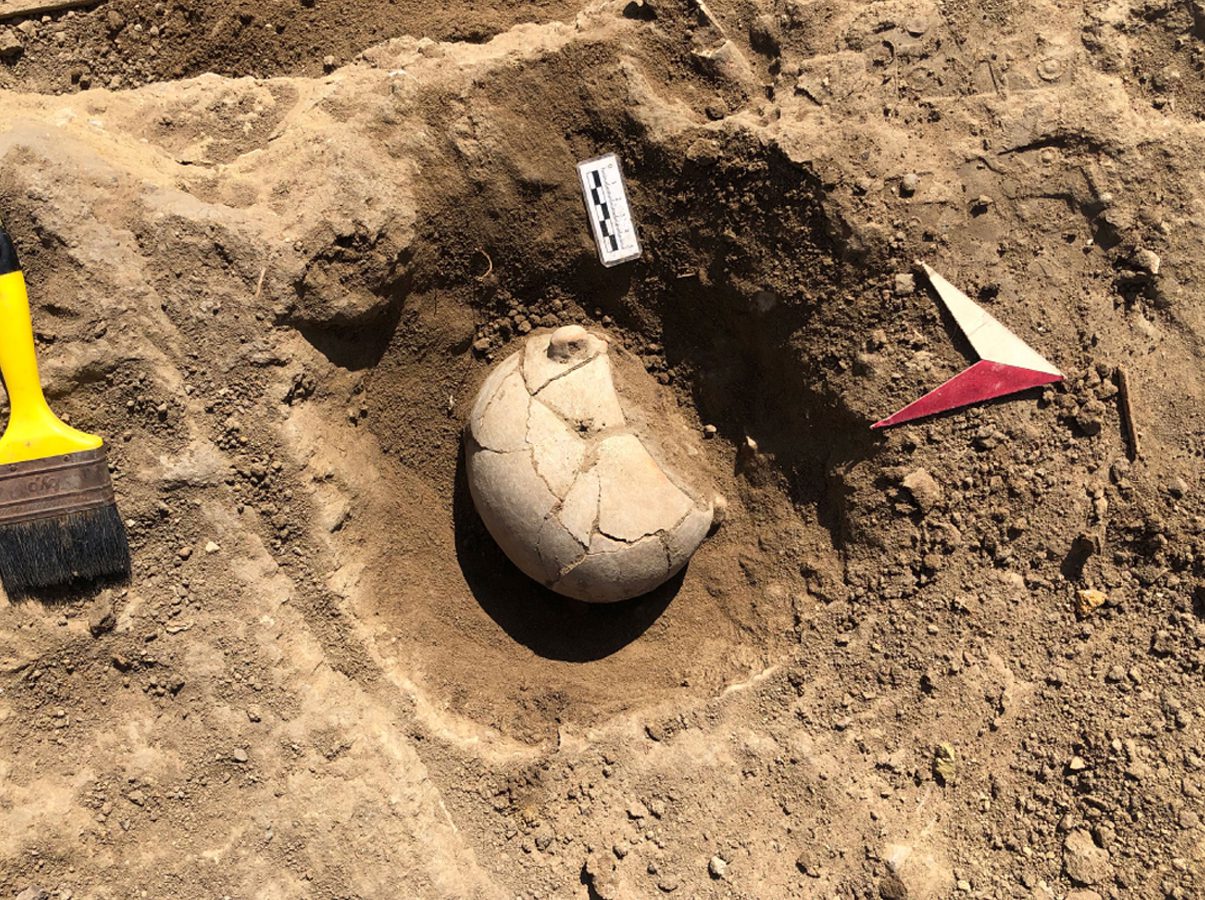Archaeologists from the Instituto Nacional de Antropología e Historia (INAH) have discovered Aztatlán burials during construction works in the Sinaloa port of Mazatlan, Mexico.
The site was uncovered by accident during repairs of a ruptured pipe during paving and infrastructure works, leading to the necessity for INAH archaeologists to conduct a rescue excavation.
The burials are situated on a natural mound, which during pre-Hispanic times would have been protected from flooding. The surface of the mound is covered with rammed shell debris and evidence of perishable structures, whilst beneath the floor level the researchers found human burials and Aztatlán-style glass.
According to archaeologist Alfonso Grave Tirado from the INAH Sinaloa Centre, the site dates from around AD 900 and coincides with a period when the region saw the highest level of social, economic and political development of southern Sinaloa and northern Nayarit, also known as the Horizonte Aztatlán.
The team also found three complete ceramic vessels that date from AD 900-1100/1200 and human bone remains in a poor state of preservation.
To date, no more than 10 archaeological sites have been registered in the port of Mazatlan, resulting in INAH researchers seeking an agreement with the municipality of Mazatlán to protect the site and conduct further excavations.
Header Image Credit : INAH





